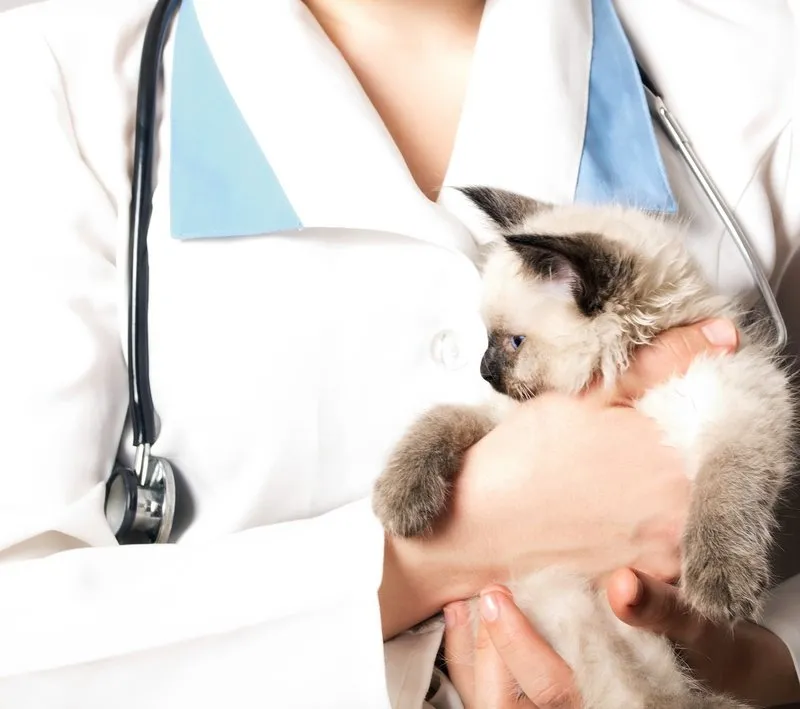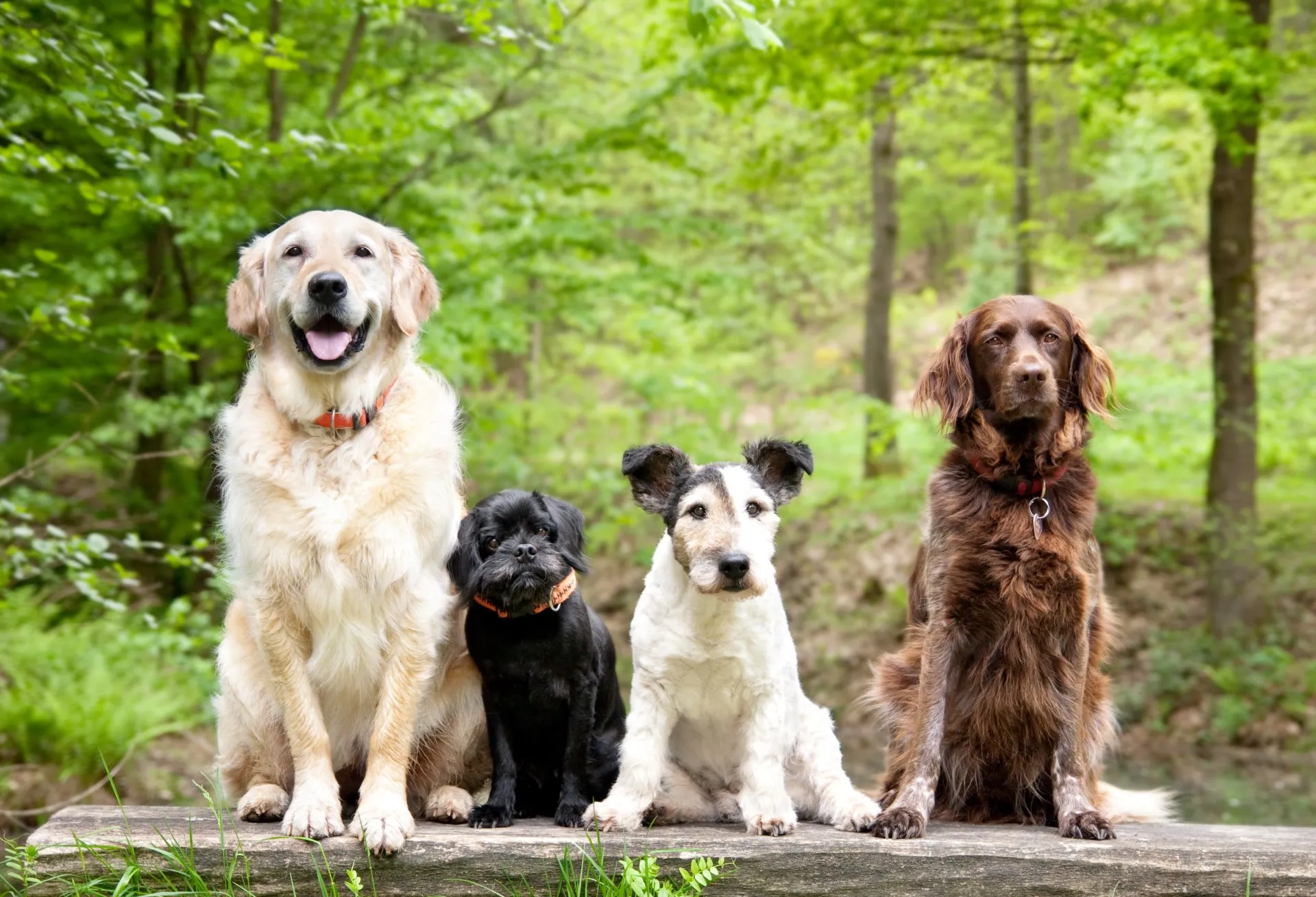Understanding the puppy teething process is crucial for new and seasoned dog owners alike. Like human infants, puppies experience discomfort as their teeth emerge. This natural development typically starts around three weeks of age and can continue until they are about six months old. During this time, you might notice your puppy chewing more than usual, drooling, or showing signs of irritability. These behaviors are attempts to alleviate the discomfort of sharp, new teeth pushing through their gums. Recognizing the signs of teething is essential, as it not only affects your puppy’s comfort but also their behavior and oral health. In this article, we’ll explore the stages of the puppy teething process, effective ways to soothe your pet, and the importance of establishing good dental habits early on. This knowledge will help you provide the best care for your teething puppy, ensuring they grow into a healthy, happy adult dog.
Do you have a puppy? If so, you will need to provide lots of chew toys over the next few months, as well as doing some petproofing. Aside from protecting the sofa legs from your puppy’s incessant chewing, there’s not a whole lot you can do while your new pet is going through the teething process. However, it’s a good idea to learn about teething. That way, you know what your puppy is going through and when, and you can let your vet know right away if something seems amiss.
Newborn Puppies
Just like human babies, our canine buddies are born with no teeth. They don’t need them at this stage, after all—your puppy will nurse milk from their mother. At this stage, puppies can’t chew: they would need to be hand-fed from a bottle if the mother isn’t available.
2-3 Weeks of Age
Around two or three weeks of age, the puppy teething process begins as your puppy’s first baby teeth start emerging through his gums. The smaller front teeth, known as the incisors, typically appear first. Following the incisors, the canine teeth—these are the four long fangs—will start to come through. The last set of teeth to emerge are the premolars, located behind the canines near the back of the mouth. By the end of this phase, your puppy will have a full set of 28 baby teeth, which are medically known as deciduous teeth and commonly referred to as “milk teeth.”
6 Weeks of Age
By the time that your puppy is about six weeks old, all 28 baby teeth will probably have come in. Around this time, little Fido will be in the process of getting weaned off of the mother’s milk or formula, and will begin eating solid puppy food. This is also when you should start introducing appropriate chew toys to help with the teething process. For guidance on selecting the right toys, check out our article on Choosing Safe Dog Toys.
3-4 Months of Age
During the puppy teething process, around the 12- to 16-week mark, your puppy’s baby teeth will start to fall out. The adult teeth come in and simply push the deciduous teeth out of the way. You may occasionally notice a baby tooth on the floor or by your puppy’s water or food bowls. Most often, though, your furry friend simply swallows the baby teeth as they come out, which is perfectly normal.
6 Months and Older
By the time your dog is around six months old, all 28 of his baby teeth will likely be gone, replaced by 42 adult teeth. Your puppy will now have his molars in addition to his premolars, which are the largest teeth at the back of the mouth that help with chewing and mashing food … as well as the occasional book or sneaker. Ask your vet for puppyproofing tips!
Essential Guide to the Puppy Teething Process in 2025: Vet Visits and Care Tips
Are there any products that can help reduce plaque on puppy teeth?
To reduce plaque on puppy teeth, specially designed dental chews and toys are effective. These products are formulated to clean teeth mechanically through the act of chewing, which helps remove plaque buildup before it hardens into tartar. It’s essential to select toys that are appropriate for a puppy’s age and size to prevent choking hazards and ensure effectiveness. Additionally, water additives and dental sprays designed for puppies can complement mechanical cleaning by targeting plaque bacteria. Always consult a veterinarian to choose the safest and most suitable options for dental care.
When might you need to see a vet during the teething process?
During the teething process, it’s crucial to monitor your puppy for any signs of abnormality such as excessive drooling, missing teeth, or teeth that don’t fall out as the adult ones come in. If you notice persistent bleeding, unusual mouth odor, or if your puppy seems unusually distressed and is reluctant to eat, these could be signs of complications that warrant immediate veterinary attention. Always consult your vet if you’re concerned about your puppy’s teething progress or oral health.
How can you prepare your puppy for future tooth brushing?
To prepare your puppy for future tooth brushing, start early to get them comfortable with mouth handling. Gently rub their gums and teeth with your finger during calm moments, progressing to a soft-bristled puppy toothbrush. Introduce toothpaste specifically designed for dogs; never use human toothpaste as it can be harmful to them. Consistently practice this routine a few times a week, gradually increasing the frequency. This helps your puppy become accustomed to the sensation, making regular dental care easier as they grow into adulthood with their adult teeth.
What are some safe treats to give teething puppies?
For teething puppies, it’s crucial to provide safe, appropriate treats to aid in discomfort relief and dental health. Rubber or silicone chew toys are excellent as they are durable and gentle on the gums. Frozen carrots or a chilled washcloth can also offer soothing relief. Avoid hard bones, antlers, or toys that could break into dangerous fragments or be too tough on their developing teeth. Always supervise your puppy with any chew item to ensure safety and prevent accidental ingestion.
What should you do if you find your puppy’s baby teeth
If you find your puppy’s baby teeth, there’s generally no cause for concern. Puppies usually lose their baby teeth as their adult teeth come in, a process that starts around 12 to 16 weeks and is normal up to about six months of age. Often, puppies will swallow their baby teeth, which is perfectly safe. However, if you notice any missing teeth along with signs of discomfort, bleeding gums, or if the baby teeth don’t seem to be falling out as expected, it’s advisable to consult a veterinarian to ensure there are no underlying dental issues.
Do you have questions about your puppy’s teething? We’re here to help. Call your vet clinic in Waterdown, ON today for expert advice and Veterinary Dentistry to ensure your puppy’s oral health throughout the teething process and beyond.




!Social Media Icons